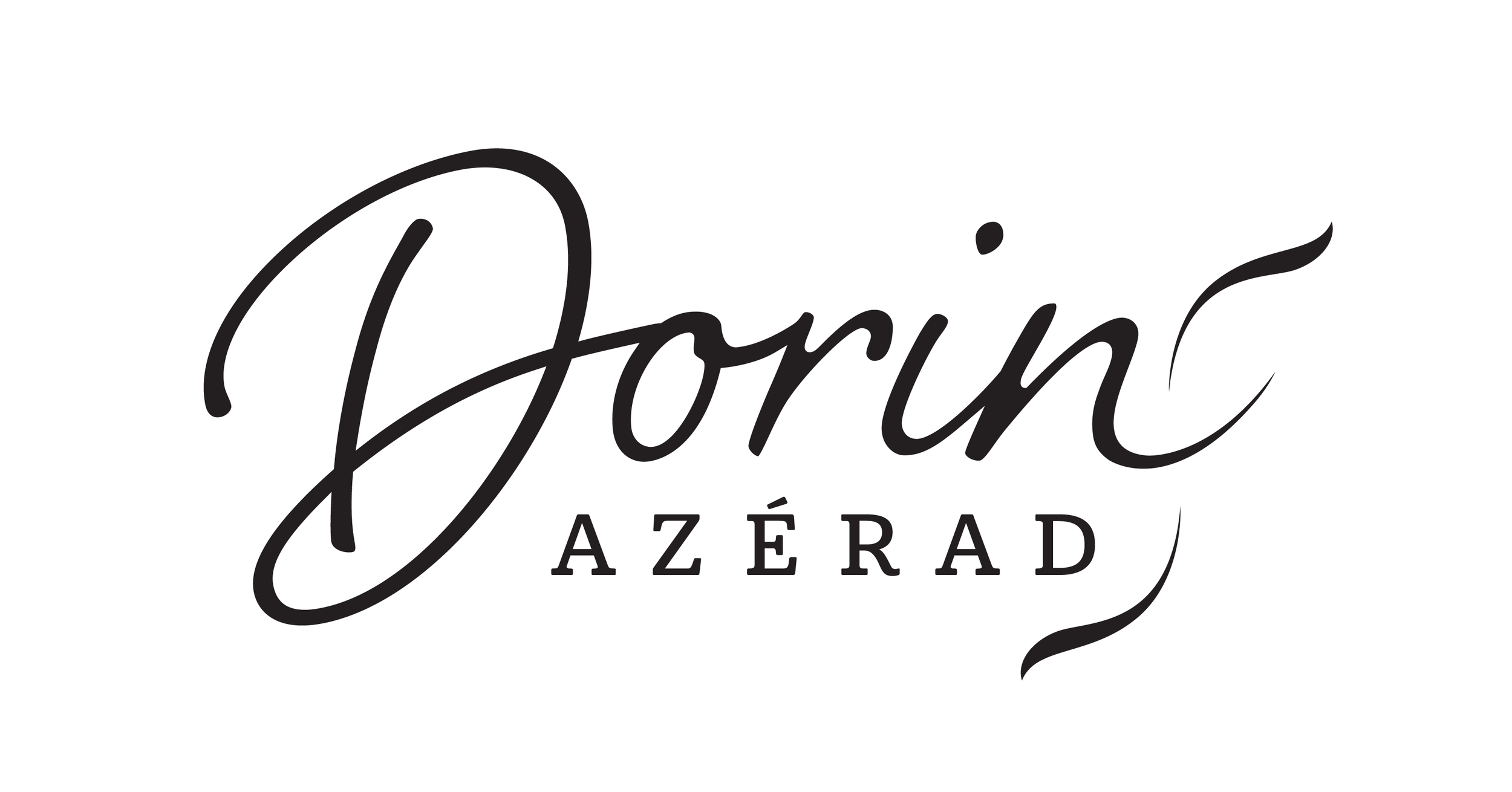Trichotillomania
(Trik-o-til-o-MAY-nee-uh)
Trichotillomania (trich for short), also called hair-pulling disorder, is characterized by the recurrent, irresistible urges to pull out one’s hair, despite trying to stop. Hair pulling varies greatly in severity and location on body. Research from the Trichotillomania Learning Center indicates that about 1 or 2 in 50 people experience trich in their lifetime. Although treatment is available, trich can become a long-term, chronic condition for many.
Symptoms
Signs and symptoms of trich often include:
Repeatedly pulling your hair out, typically from your scalp, eyebrows or eyelashes, but sometimes from other body areas, and sites may vary over time
An increasing sense of tension before pulling, or when you try to resist pulling
A sense of pleasure or relief after the hair is pulled
Noticeable hair loss, such as shortened hair or thinned or bald areas on the scalp or other areas of your body
Preference for specific types of hair, rituals that accompany hair pulling or patterns of hair pulling
Biting, chewing or eating pulled-out hair
Playing with pulled-out hair or rubbing it across your lips or face
Repeatedly trying to stop pulling out your hair or trying to do it less often without success
Significant distress or problems at work, school or in social situations related to pulling out your hair
For people with trich, hair pulling can be “focused” or “automatic.” An example of focused hair pulling is intentionally pulling out one’s hair as a way of relieving stress. On the other hand, some people will automatically pull out their hair without realizing what they’re doing.
Causes
There is no clear cause of trichotillomania.
Treatment
These are the primary types of therapy for trichotillomania. They can be used by themselves or in combination with one another.
Habit reversal therapy - Learn how to recognize situations where you're likely to pull your hair and how to substitute other behaviors instead. For example, you might clench your fists to help stop the urge or redirect your hand from your hair to your ear.
Cognitive therapy - Identify and examine distorted beliefs you may have in relation to hair pulling.
Acceptance and commitment therapy - Learn to accept your trichotillomania and hair-pulling urge
